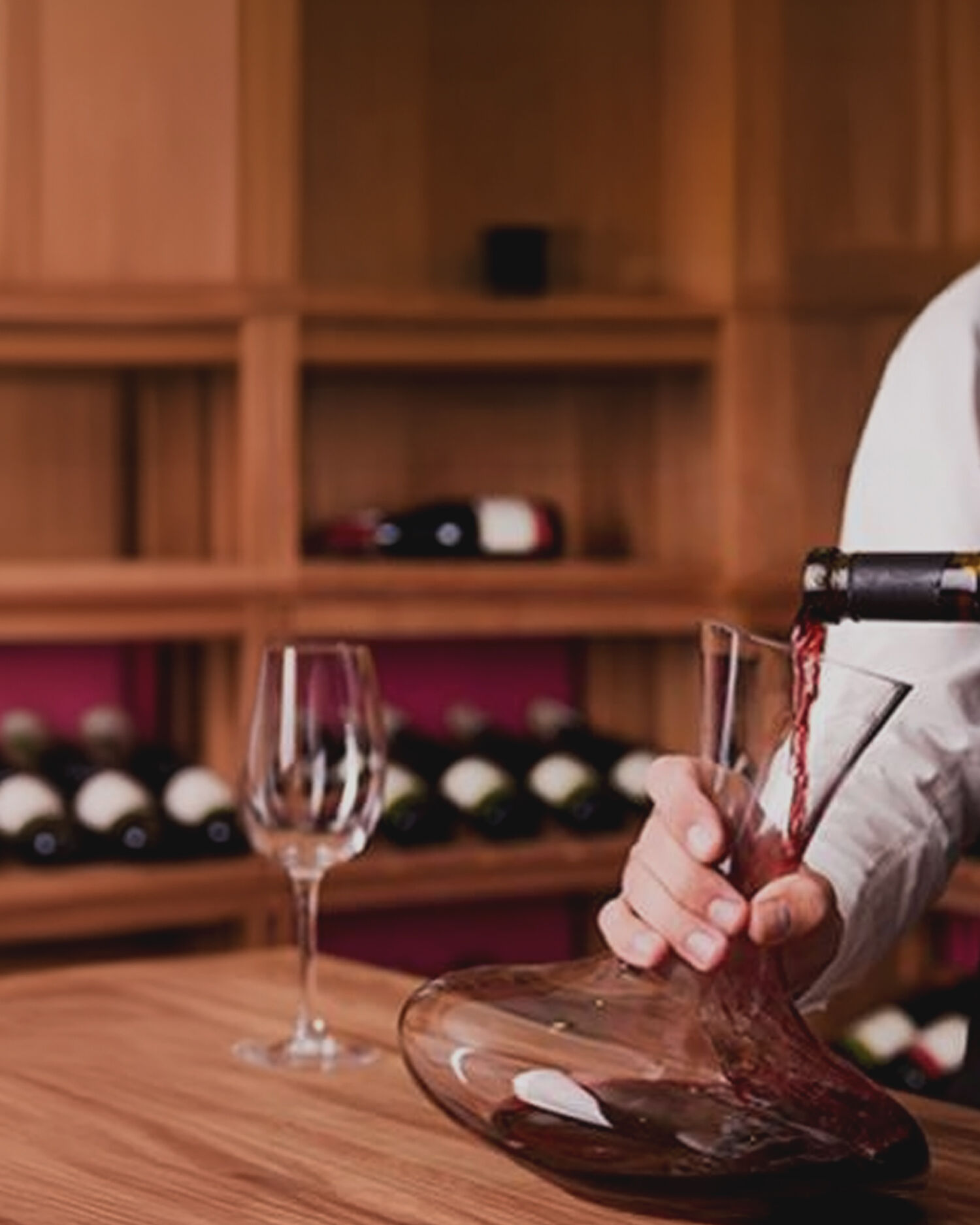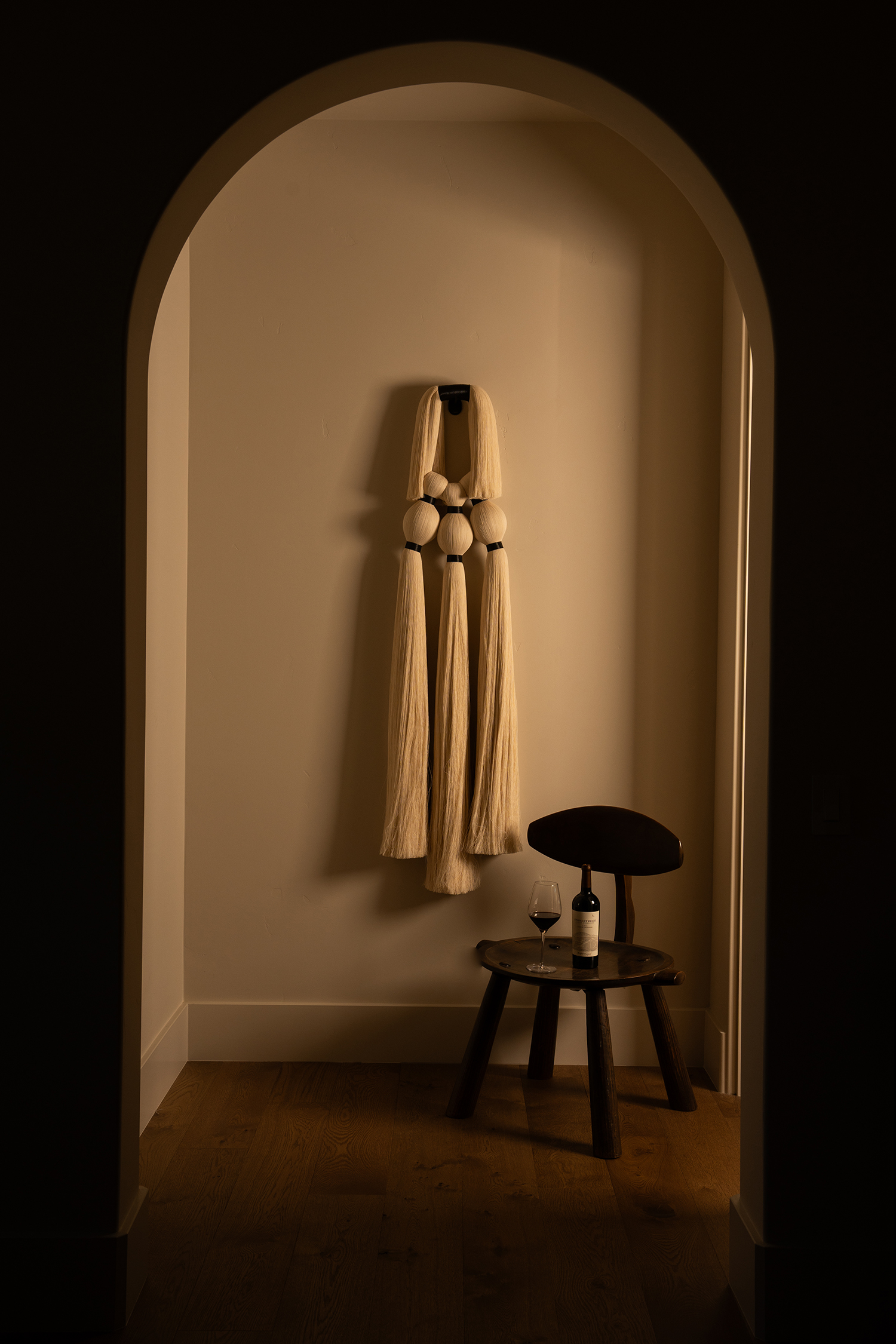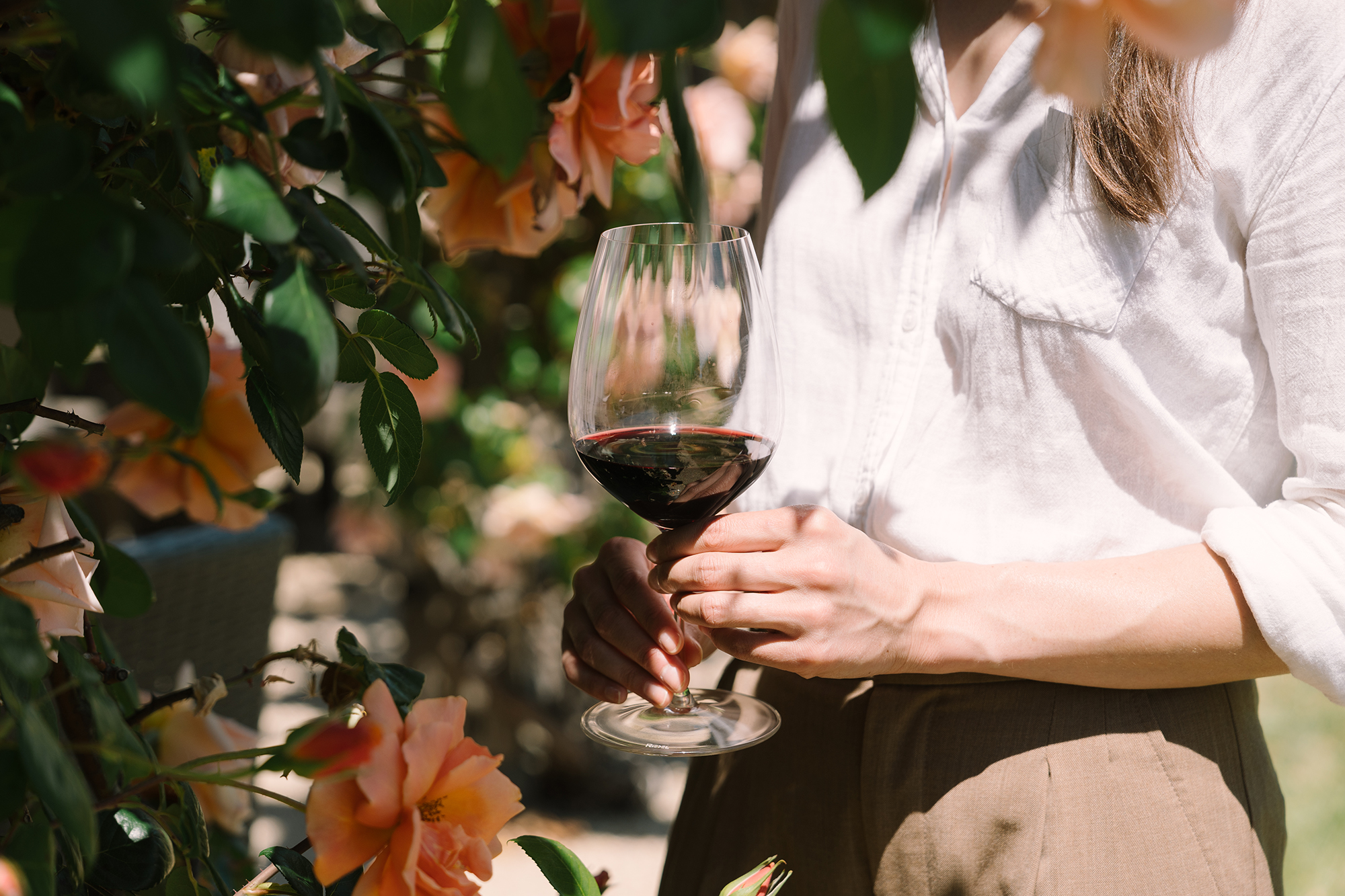A Practical Guide to Decanting
Decanting a bottle of wine can seem mysterious or daunting. Which wines do you need to decant? Why decant wines at all? The answer is, decanting serves two fundamental purposes: Separating out any sediment that has formed in a mature wine (also known as a library wine), or aerating a younger red or white wine to allow its aromas and flavors to become more vibrant and approachable upon serving. How do you decant wine? It depends on how old the bottle is. But first, let’s understand what decanting wine means and why it is even necessary.

What does decanting wine mean?
Decanting is the process of transferring wine from its original bottle to a decanter. While it is not always a necessary step, decanting can serve a crucial purpose in enhancing the wine-drinking experience in some situations. Decanting involves pouring the wine from the bottle into a specially designed vessel and allowing it to breathe. In some cases, decanting is done to separate the wine from any sediment that may have formed.
Why should you decant wine?
The benefits of decanting are twofold. Firstly, it helps to aerate the wine, which means exposing it to oxygen. This process can soften tannins, release complex aromas, and allow the wine's flavors to develop and unfold. Secondly, for older wines, decanting is a method for removing sediment that can naturally accumulate over time. By carefully pouring the wine into the decanter, you can leave the sediment behind, ensuring a clear and enjoyable taste and texture.
The decision to decant a wine depends on several factors, including the type of wine, its age, and your personal preference.
- Young red wines: These wines often benefit greatly from decanting. The aeration process helps to soften the tannins, making the wine more approachable and revealing its underlying fruit flavors.
- Older red wines: As red wines age, they can develop sediment. Decanting removes this sediment, allowing you to enjoy the wine without any unwanted particles. Additionally, a brief aeration can help to revitalize an older wine.
- White wines: While less common, decanting can also be beneficial for certain white wines, especially those that have aged or are particularly complex. It can help to soften the acidity and bring out the wine's aromatic profile. We will cover this in-depth later in the blog.
How to decant an older wine
Decanting a well-aged wine—10 years or older—is usually done for the purpose of removing sediment. First, allow the bottle to sit upright for at least 24 hours. This will allow any sediment to settle at the bottom of the bottle. Then, decant the wine by slowly and steadily pouring it into your decanter without stopping. You want to go gently and avoid large splashes as you pour, as aeration is usually not desirable with more delicate older vintages. As you get to the bottom half of the bottle, pour even more slowly. Stop as soon as you see the sediment reach the neck of the bottle, and discard the remaining ounce or two of wine along with the sediment. For best results, hold a light under the neck of the bottle while decanting—this will allow you to more clearly see any build up of sediment around the shoulder and neck of the bottle. Explore our collection of well-aged library wines here.
How to decant a younger wine
For younger bottles, decanting wine is about using aeration to bring out the aromas and flavors. In a way, you are getting a sneak peek at what the wine would have tasted like if you had aged it longer. As the wine splashes into the decanter, it rapidly takes in outside oxygen, unlocking desirable notes that express the wine’s true characteristics and the unique qualities derived from our mountain vineyards. Sediment is rarely an issue in younger wines so decanting can be as stress-free as holding the decanter at an angle and pouring in the wine. However, do keep an eye out just in case sediment is present—you’ll want to slow down, or give the sediment time to settle in the decanter before serving.
How to choose the right wine decanter
Decanters come in every shape and size but there are a few things to keep in mind when selecting the right decanter for the wine you plan to serve. For younger wines that need the opportunity to breathe, look for a decanter that offers greater surface area for better aeration. Typically, a standard decanter with a wider neck and wide base will be ideal for most full-bodied red wines such as Cabernet Sauvignon, Tempranillo and Syrah, as this style allows for optimal aeration. Lighter-bodied red wines and white wines will do better in a decanter with a smaller base. Most library wines do not need the same aeration as their younger counterparts; a simple thin-necked decanter will work best for these wines, to protect them from too much oxygen and movement. Note that although decanters made from cut, etched or painted glass may be attractive, their decorations may obstruct your view of the wine while decanting and tend to be more difficult to clean. Simple is usually better.
Decanting white wines
Guests sometimes ask our tasting room staff, “Is decanting only for reds, or can we decant our white wines as well?” A white wine—especially Chardonnay—can benefit greatly from decanting. Our Chardonnays, such as Upper Barn, are made to age, and will sometimes taste “tight” when they are younger. If you taste a white wine and find it too firm or closed, pull out a decanter and bring out the wine’s fuller expression.
Decanting will also help an over-chilled white wine gently increase in temperature. Typically, Chardonnay served too cold will showcase higher perceived acidity and a muted fruit expression, whereas a room-temperature Chardonnay will allow the wine to convey its full breadth of aromas and flavors. The ideal temperature for serving Chardonnay is approximately 48-50 degrees. Did you accidentally leave your Chardonnay in the refrigerator for too long? Pour it into a room-temperature decanter to allow the wine to travel into that temperature sweet spot, so you can enjoy your Stonestreet Chardonnays at their very best.
We welcome you to join our mailing list for more easy-to-use wine guidance, stories about sustainable mountain-grown wines, and alerts about new Stonestreet’s new releases and aged library offerings.
If you ever have questions about how best to enjoy your Stonestreet wine collection, don’t hesitate to reach out to our team at info@stonestreetwines.com.



